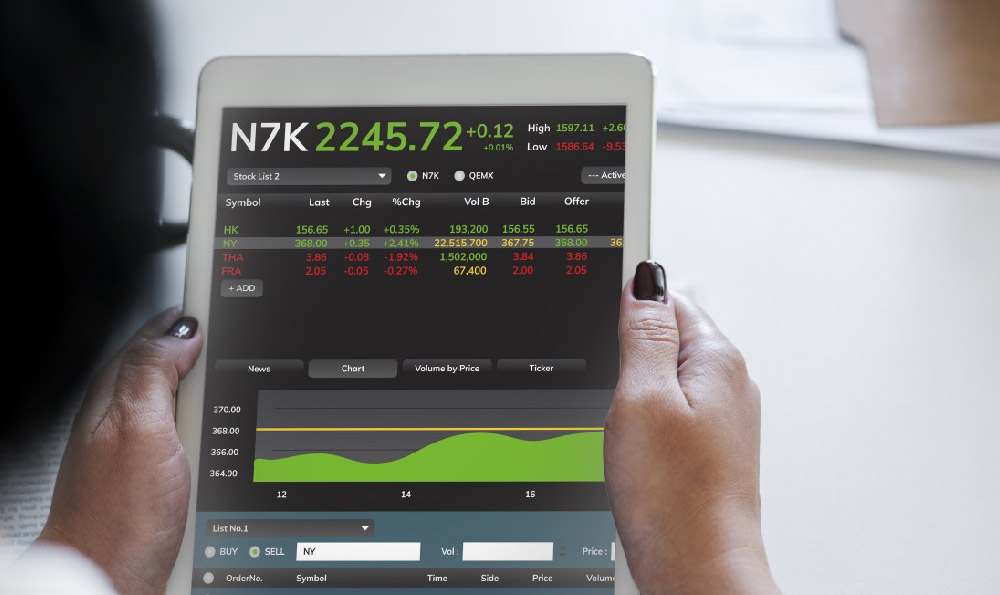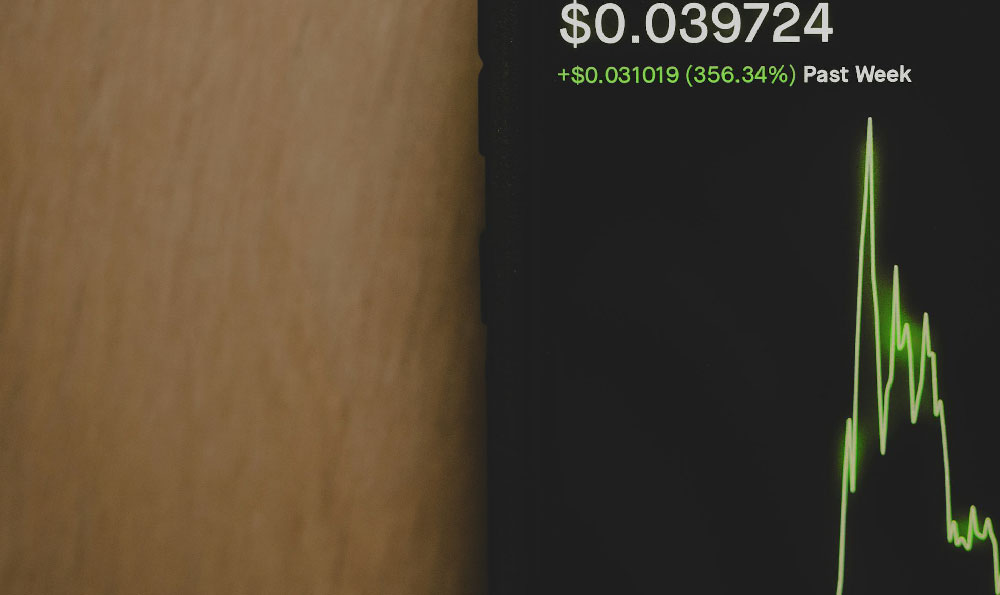Achieving a 5% Return on Investment (ROI) is a question that resonates deeply with investors, regardless of their experience level. It sparks debates about ambition, risk tolerance, and the realities of the market. The answer, like many things in finance, is nuanced and depends heavily on individual circumstances and expectations. Let's delve into whether a 5% ROI is realistically achievable, and more importantly, whether it's truly worth pursuing.
Firstly, it's crucial to define what we mean by "achievable." In the context of investing, achievability isn't just about whether it's statistically possible to reach a certain ROI in a given year. It’s about the consistency and sustainability of that return over a longer period, while factoring in risk. A single year of 5% return might be easily obtained through a relatively stable stock market or high-yield savings account. However, the long-term average, after accounting for market fluctuations, inflation, and potential losses, is a more accurate measure of achievability.
Historically, a diversified portfolio of stocks and bonds has often averaged returns higher than 5% over extended periods. The stock market, in particular, has shown a long-term upward trend. However, past performance is never a guarantee of future results. Market conditions can change dramatically, and unforeseen economic events can significantly impact investment returns. Therefore, relying solely on historical averages can be misleading.

Several factors influence the achievability of a 5% ROI. These include the asset allocation strategy, the investment timeframe, and the risk tolerance of the investor. A more conservative portfolio, heavily weighted in bonds and cash equivalents, is likely to generate more predictable, but lower, returns. While a portfolio with a larger allocation to stocks has the potential for higher returns, it also comes with greater volatility and the risk of significant losses.
The timeframe also plays a crucial role. A longer investment horizon provides more opportunities for the portfolio to recover from market downturns and benefit from long-term growth trends. Shorter timeframes demand a more cautious approach, as there is less time to recover from potential losses.
Risk tolerance is perhaps the most personal factor. An investor who is comfortable with taking on more risk may be willing to invest in asset classes with higher potential returns, even if they come with greater volatility. Conversely, a risk-averse investor may prefer a more conservative approach, accepting a lower potential return in exchange for greater stability and peace of mind.
Now, let’s address the second part of the question: is a 5% ROI worth pursuing? The answer hinges on the investor’s financial goals and the alternative uses of their capital. For someone nearing retirement, a 5% ROI might be a reasonable and acceptable target, especially if it aligns with their income needs and risk tolerance. It could provide a steady stream of income to supplement their retirement savings.
However, for a younger investor with a longer time horizon, aiming for a 5% ROI might be considered too conservative. They have more time to weather market fluctuations and potentially benefit from higher returns offered by riskier asset classes. A more aggressive investment strategy could potentially lead to significantly greater wealth accumulation over the long term.
Furthermore, it's essential to consider the impact of inflation. If the inflation rate is higher than 5%, then the real return on investment is negative, meaning the purchasing power of the investment is actually decreasing. In such a scenario, a 5% ROI may not be sufficient to maintain the investor's standard of living.
Another factor to consider is opportunity cost. If other investment opportunities exist that offer a higher potential return with a comparable level of risk, then pursuing a 5% ROI might not be the most efficient use of capital. This could include investing in a business, real estate, or other alternative assets.
Beyond the numbers, there's also the psychological aspect. Some investors find comfort in achieving a steady, predictable return, even if it's relatively modest. The peace of mind that comes from knowing their investments are growing consistently, albeit at a slower pace, can be worth more than the potential for higher returns with greater volatility.
In conclusion, whether a 5% ROI is achievable and worth pursuing depends entirely on the individual investor's circumstances, goals, and risk tolerance. It's achievable for many through a diversified portfolio, but its worth needs to be evaluated against factors like inflation, time horizon, opportunity cost, and personal financial goals. A comprehensive financial plan, tailored to the individual's specific needs and circumstances, is essential for determining the appropriate investment strategy and setting realistic return expectations. Ultimately, the "ideal" ROI is not a fixed number but rather a personalized target that aligns with the investor's overall financial well-being. Consider seeking advice from a qualified financial advisor who can provide tailored guidance based on your unique situation.












